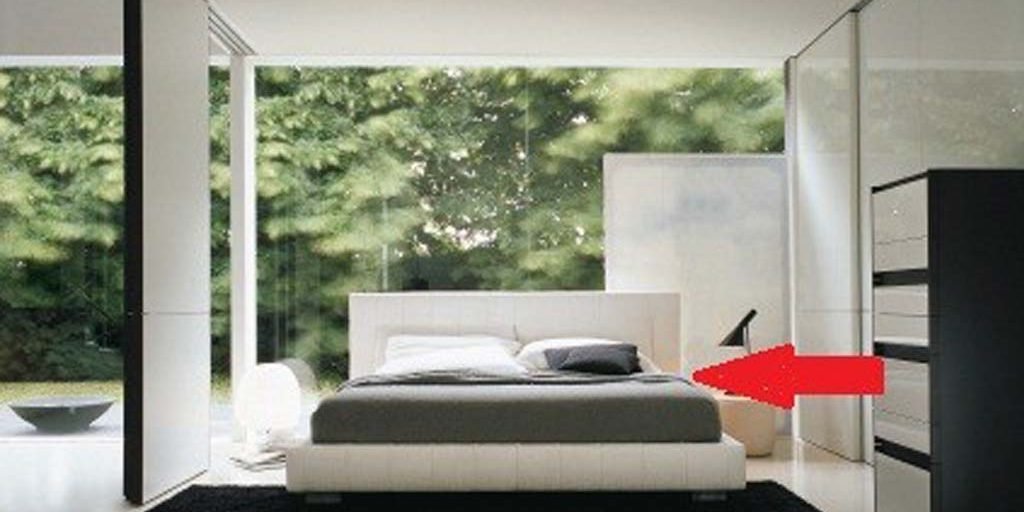
Poison Arrow Feng Shui – Tips to Identify and Cure
Table of Contents

Does this term “poison arrow” sound scary to you? You might have heard it from Feng Shui practitioners or online articles that regard them as one of the key factors to look out for during house hunting.
In the Feng Shui Form School, there are 2 types of energies namely:
- Sheng Qi (favorable energy) that bring in positive vibes and good things in life.
- Sha Qi (unfavorable energy) that brings negative energy to your house.
A poison arrow is being defined as one of the Sha Qi in the form of concentrated energy that arises from sharp objects that are pointing directly towards any part of your house and body.
It can either be a man-made structure or natural environment that creates this poison arrow and have different impacts on your life, depending on the affected areas.

Examples of Poison Arrow and Cure in Internal Feng Shui
– The Sharp corners of the wall or furniture that are pointing directly towards you. You can move them to another position to avoid the sha qi.
– Tables with pointed corners: Choose one with a rounded corner instead.
– Exposed Above-head beams: You can choose to conceal it with a false ceiling.
– Open shelves: it is always good to install doors to it does not create the sharp angle. On top of it, it will make the space look neater too.
– Column and Pillar: You can position a Feng shui friendly tall plant to block it.

Examples of Poison Arrow and Cure in External Feng Shui
– The main door facing a dead-end street or a T-Junction can create harmful energy: You can plant tree and bushes in front of the main entryway to act as a protective barrier against the poison arrow.
– High rise tower building or temple with pointed structure can create such negative energy too: Use Bagua mirror to reflect.
– Main door facing a long corridor: It is best to place plants with big oval shaped leaves along the side of the corridor to slow down the gushing flow.

